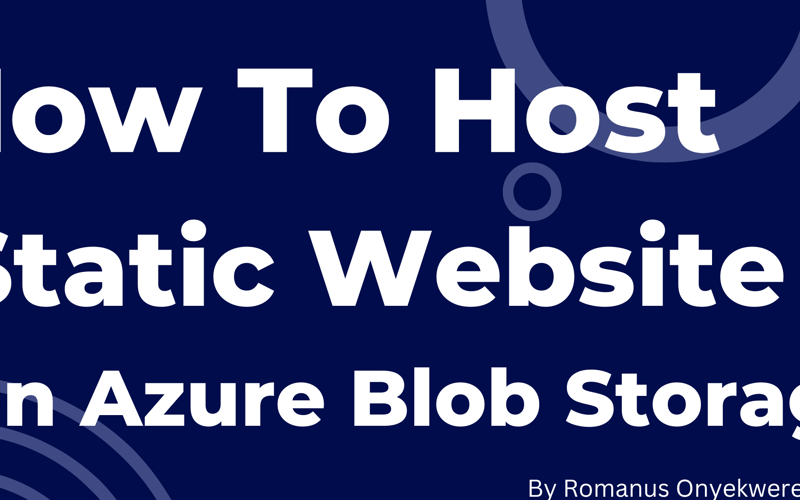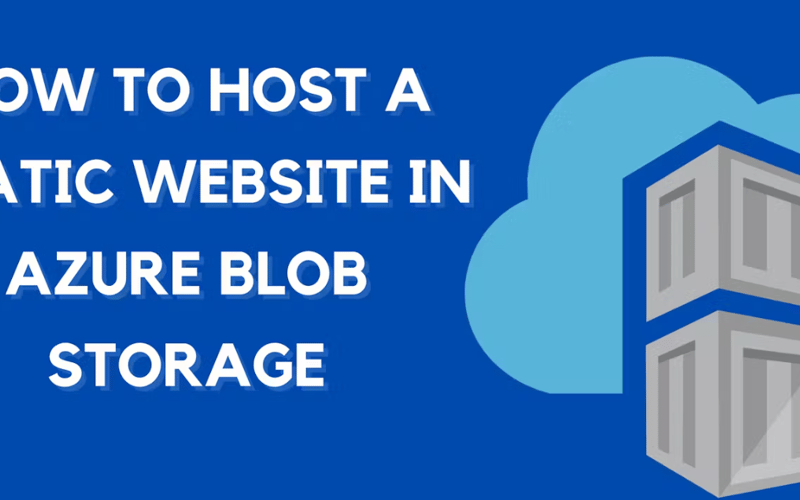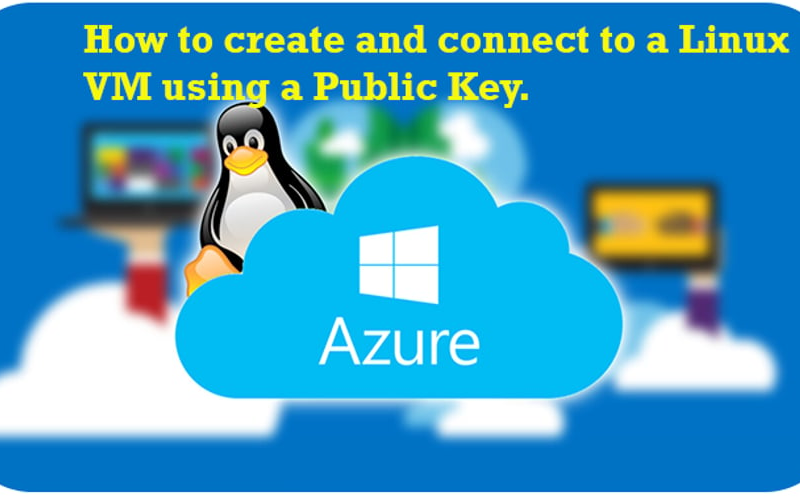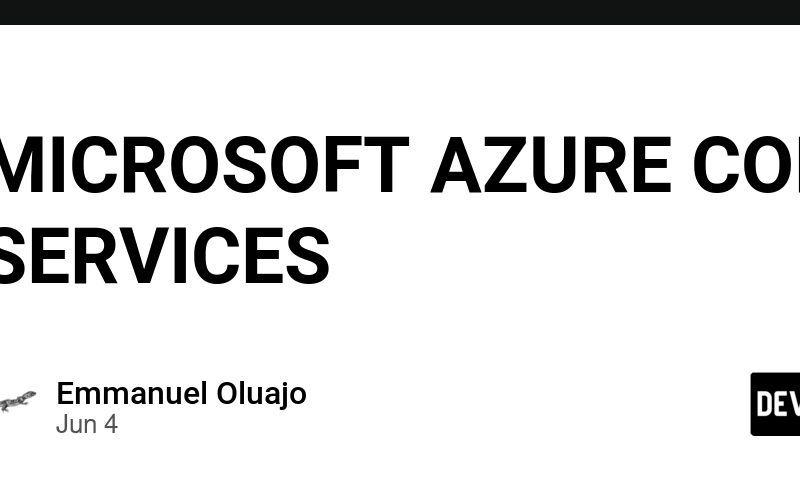06
Jul
Azure Key Vault (AKV) is a cloud-based security service that provides secure storage, management, and deployment of sensitive data, such as: Encryption and Cryptographic keys Certificates (SSL/TLS, Azure, etc.) Secrets (passwords, credentials, etc.) AKV offers: Secure storage in a Hardware Security Module (HSM) Centralised management and organisation Access control and authentication Encryption and decryption services Key rotation and revocation Auditing and logging Integration with Azure services and applications In this tutorial, I will be demonstrating how to access Azure Key Vault and utilising one of its capabilities to add a secret to the vault. PREREQUISITE Working computer Internet connection Microsoft…








